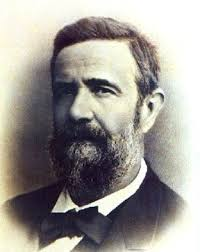Science > Chemistry > Concept of Atomic Mass and Equivalent Mass > Law of Isomorphism Method In the last article, we have studied determination of atomic mass by Cannizzaro’s method. In this article, we shall study the law of isomorphism and its use to find the atomic mass of a substance. This law was given […]



